.
Fuerza de San Pedro or Fort San Pedro
The date of construction of the stone fort is uncertain. Although there are claims that a Jesuit Antonio Campioni built a stone fort in 1630, and the gate of fort bears the date 1738 together with the arms of Castille and Leon. It is certain, however, that the fort underwent major renovations in the late 1800s as part of a building program to improve Cebu City. The fort became a garrison during World War II, a zoo, and now a park. It was once the office of the Department of Tourism in Cebu, however, the office has been transferred to a nearby site.
The fort has a branch of the National Museum with vintage photographs of Cebu and copies of plans of the fort, and archaeological exhibits.
Open: Wednesday to Sunday, 9:00 A.M, - 12:00; 1:00 - 5:00P.M.
Outside the fort are two monuments one dedicated to Legazpi and the other to Antonio de Pigafetta, the chronicler of Magellan’s expedition. From the walls of the fort, we can see the sea to the south, Plaza de Independencia to the northwest and to the southeast, warehouses, once the site of the Colegio de San Ildefonso (later Seminario de San Carlos), a college began by the Jesuits and transferred to the Dominicans and the Vincentians. The Colegio is the forerunner of San Carlos University, along P. del Rosario St.
Plaza Independencia and Fort San Pedro
View in the vicinity of Plaza Independencia
Magellan Cross
Magellan's Cross is a Christian cross planted by Portuguese, and Spanish explorers as ordered by Ferdinand Magellan upon arriving in Cebu in the Philippines on April 8, 1521.
This cross is housed in a chapel next to the Basilica Minore del Santo Niño on Magallanes Street (Magallanes being the Spanish name of Magellan), just in front of the city hall of Cebu City. A sign below the cross describes the original cross is encased inside the wooden cross that is found in the center of the chapel. This is to protect the original cross from people who chipped away parts of the cross for souvenir purposes or in the belief that the cross possesses miraculous powers. Some people, however, believe that the original cross had been destroyed or had disappeared after Magellan's death, and the cross is a replica that was planted there by the Spaniards after they successfully colonized the Philippines
The Santo Niño de Cebú is a Roman Catholic figure of the Child Jesus highly similar to the Infant Jesus of Prague. Like the image's counterpart in Prague, the figure is clothed in expensive textile robes mostly donations from fervent devotees in the Philippines and abroad. The statue is the oldest Catholic relic in the Philippines and permanently housed since 1565 at the Basilica Minore del Santo Niño in Cebu City
In April 1521, Portuguese explorer Ferdinand Magellan, in the service of Charles I of Spain, arrived in Cebu during his voyage to find a westward route to the Indies [1]. He persuaded Rajah Humabon and his wife Humamay, to pledge their allegiance with Spain. They were later baptized into the Catholic faith, taking the Christian names Carlos and Juana. Magellan presented the Santo Niño to the newly-baptized Queen Juana as a symbol of the alliance. To her husband Carlos, Magellan presented the bust of the "Ecce Homo", or the depiction of Christ before Pontius Pilate. He gave an image of Our Lady to the natives who were later baptized with their rulers. However, Magellan died later on April 27, 1521 in the battle that took place in Mactan, leaving the image behind. In its new environment, among sun-loving people, the image stopped being a Christian symbol. After some vain efforts on the part of the natives to destroy it, as legends say, it endured its new setting and prevailed to become a pagan idol. The Cebuano natives revered the Image of Santo Niño as Bathala. They most probably blessed the image with oil or offered sacrifices to the Santo Niño while invoking for His assistance in times of difficulties, reliefs in their necessities or consolations in their adversities.
Colon Street
Colon Street is a crowded street in downtown Cebu City that is often called the oldest street in the Philippines. It is named after Christopher Columbus. It traces its origins to the town plan by Miguel Lopez de Legazpi, the Spanish conquistador who arrived in the Philippines to establish a colony in 1565.

Cebu Harbor
Mactan island
Mactan, separated from Cebu by a narrow strait, is a flat island of fossilized coral, from which in colonial times blocks were hewn to build churches and dwellings. The Santo Niño Basilica in Cebu City was built by Fray Juan de Albarran from coral blocks quarried at Mactan. In the building industry coral block is called “Mactan stone.” In 1521, the explorer Ferdinand Magellan died at a skirmish against the warriors of the ruler of Mactan, Lapu-lapu.

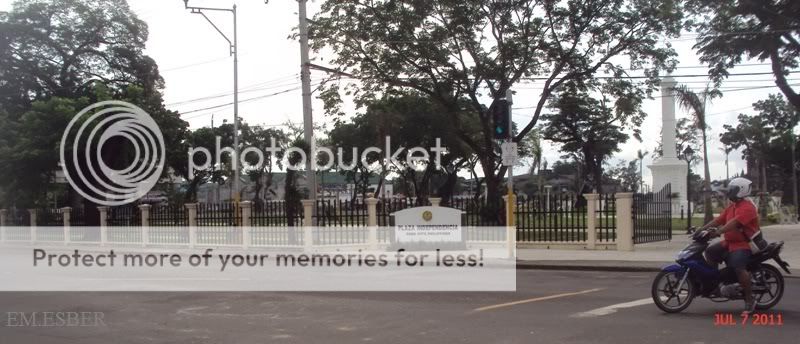


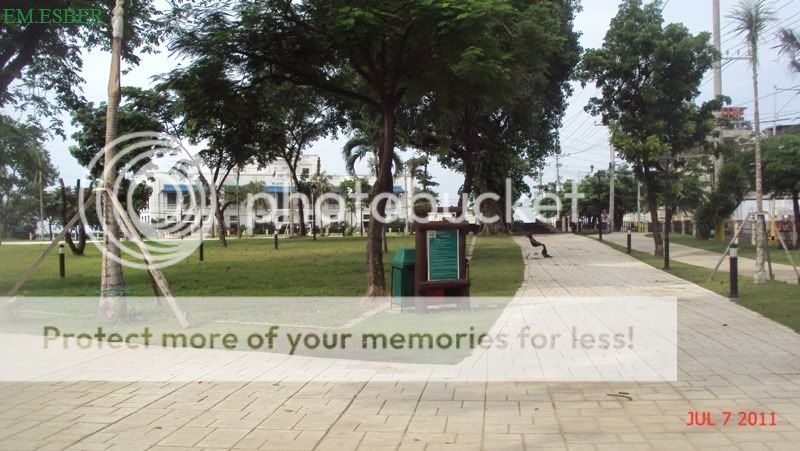

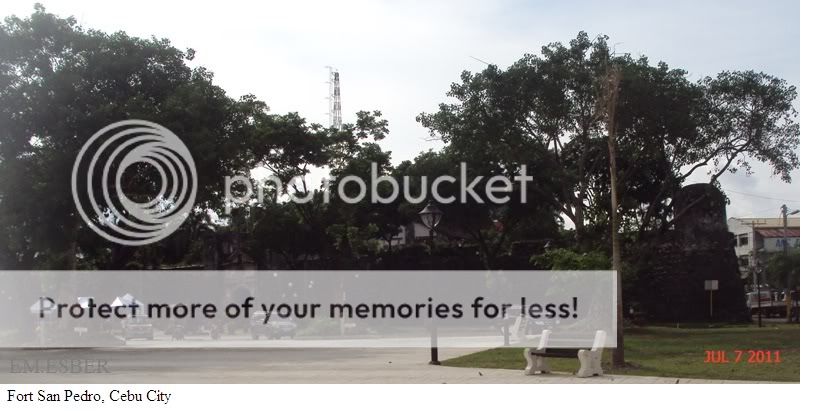


































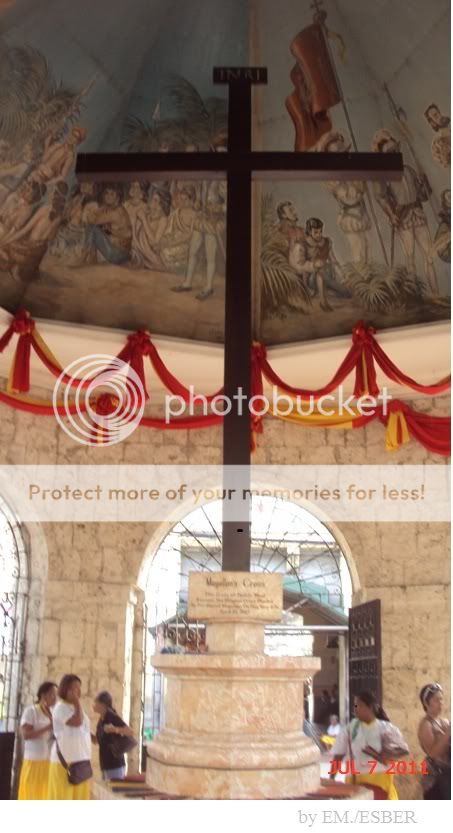







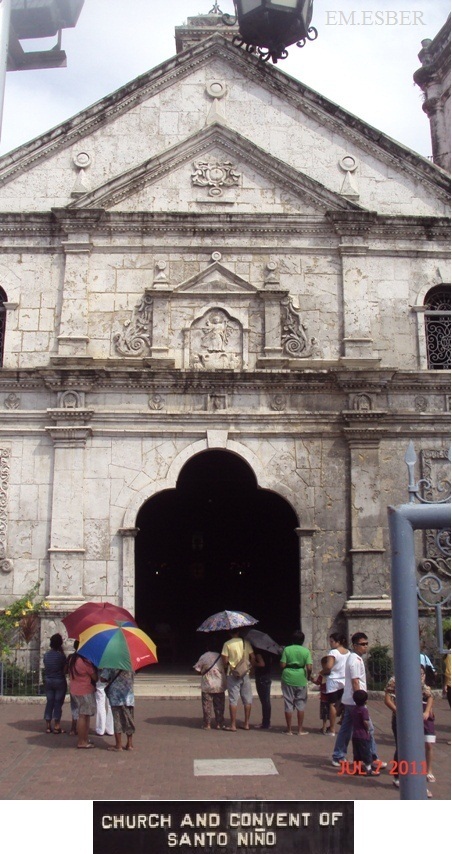











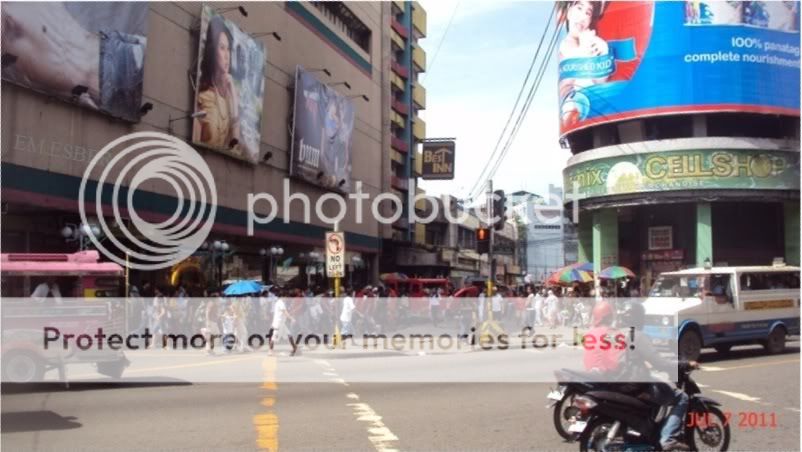
































No comments:
Post a Comment